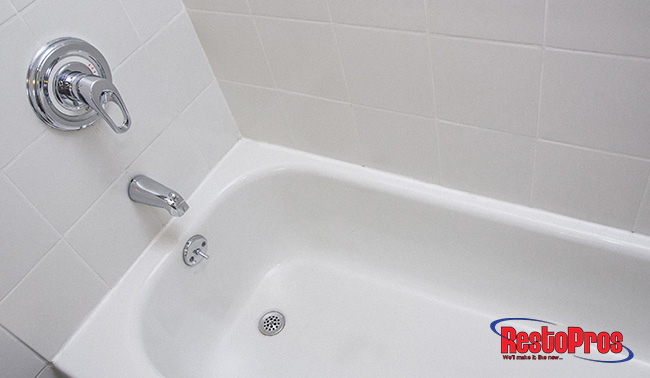
Nobody likes mold or mildew in their home. They are gross to look at, gross to smell and can be downright dangerous to some. But what are the causes? Where do they come from? And where are they likely to pop around your home? Here will discuss the most common breeding grounds for mold and mildew to grow, and why.
What Causes Mold?
Mold, for the most part, is a fungus. Microscopic little spores floating in the air that sprout. Clusters of these spores can cling to surfaces and eventually become visible to us. If you don’t have any sensitivity to mold, you may not even notice unless you see or smell it. The musty scent is pretty identifiable for most. If you do have an allergic reaction, you might respond with asthmatic attacks, sinus flare-ups, and various other forms of respiratory responses as your body fights the spores you’re breathing in.
Where Does Mold Grow?
There are key factors required for mold growth to occur:
- The presence of mold
- A surface for mold to cling to
- Oxygen
- Warmth
- Moisture
- Darkness
In the Shower
This is a usually wet, usually dark, usually warm place for mold to thrive! It might grow on shampoo bottles, walls, floors, ceilings, and curtains. Check hidden places like under bottles, near the showerhead, the folds of the shower curtain, washcloths, loofahs, etc.
The Sink and Toilet
Other most common candidates are the sink or toilet because of their proximity to the humidity of the shower, along with both having standing water in them. The most obvious place to check is the porcelain that’s visible, but be sure and look under the seat cover, the tank, any items surrounding the sink or toilet, and under the sink where humidity tends to collect in darkness.
The Bathroom in General
Having a closed, humid room with standing water and even slightly leaking pipes or faucets is a likely candidate. Check floor to ceiling, and if any rugs exist in the bathroom wash them regularly. Checking for any leaks or standing water aside from water in the toilet is a good preventative measure as well.
The Kitchen
As you may have guessed, the kitchen is the next suspect. Between expired food, water in sinks, appliances, and cooking, the kitchen is a prime spot for mold and mildew growth. Getting rid of expired food, wiping down surfaces regularly, and assuring fridge drip trays are clean and free of blockage, and cleaning and drying microwaves and stoves are key factors in combating the microscopic menace.
The Bedroom
Easy to overlook, after all, there’s no running water typically. Most of us don’t keep expired food in the bedroom, and no appliances to drip water unseen. But the risk is still there. Check your mattress, sweat and dander might provide the right breeding grounds for mold. Windows can collect humidity and moisture that causes growth as well. Finally, the vents from your HVAC system can cause condensation which again provides the right conditions for mold to flourish.
Call RestoPros for Mold Remediation
If you’d like to be sure about the risks of mold or mildew in your house, or if maybe you’ve spotted some and would like to address the problem early, give the experts at RestoPros a call today and schedule an appointment!
